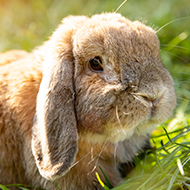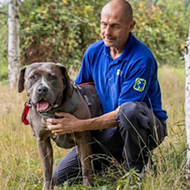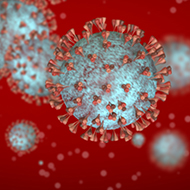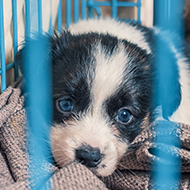The team had to cover an area of 3,000 hectares.
The count enabled charities to obtain an accurate headcount.
National equine charity World Horse Welfare (WHW) has deployed drones to assess a population of semi-feral ponies on a Welsh common.
This is the first time the technology has been used in the UK in this way, and forms part of wider efforts to develop a long-term management plan for the herds.
On Wednesday, 24 September, staff from World Horse Welfare and volunteers from local organisation, Hungry Herds, carried out a comprehensive head count of ponies on Gelligaer and Merthyr Common.
The drones carried out 30 flights, helping the team map the common and take photographs of all ponies seen on the day. After reviewing the data to ensure no duplications, the team identified a total of 182 ponies.
WHW chief field officer, Claire Gordon, said: “We had to cover an area of 3,000 hectares during daylight hours on a single day to ensure we could capture all the main herds as well as smaller satellite groups and not risk double counting.
“On the day, where visibility and the terrain allowed, the team were able to use binoculars to see that some areas clearly had no ponies, so a total of 30 flights were carried out, rather than the 48 originally planned. Given the scale of the common and how well the ponies blend into their environment, it is a truly challenging task to carry out an accurate headcount and we’re delighted with how it went.”
Commons like Gelligaer are under increasing pressure from the unchecked breeding of abandoned and unowned horses and ponies. The sheer numbers in the herds are also highly problematic, as they compete against other livestock for water and food.
WHW field officer, Rachel Andrews, has seen firsthand the struggle faced by the vulnerable ponies. She said:
“We had a number of locals stop to ask what we were doing and the feedback was generally really positive when we explained that we were using the drones to obtain an accurate count of the ponies. The ponies weren’t fazed by the drones, so we didn’t have to go too high and could obtain good photographs of the individuals in each herd.”
Roxane Kirton, MRCVS, RSPCA head vet (Equine), said: “The drone count, the first of its kind on the commons, has enabled the organisations working on the project to get an accurate headcount. This is a crucial stage which will inform decisions on how to relieve population pressures in ways that best support the welfare needs of the ponies.
“The quality of the drone footage allows us not only to know overall numbers, but also the proportions of foals and youngsters in the group. Regular monitoring of population size and dynamics like this is incredibly important in order for us to make good decisions in population management and understand the impact of our interventions so far.”
Image (C) World Horse Welfare.







 The RCVS has announced a new version of its 1CPD mobile app, with enhanced features for veterinary surgeons and veterinary nurses to record their continuing professional development.
The RCVS has announced a new version of its 1CPD mobile app, with enhanced features for veterinary surgeons and veterinary nurses to record their continuing professional development.
